Repurposing – A Way of Life on the Frontier
Modern society has brought with it a lot of modern problems, some of which didn’t even exist in the past. One of these is landfill. While there has never been a time in human history when we didn’t produce trash, the amount we produce in modern times far surpasses that which was produced even in the early parts of the industrial revolution.
Today, packaging for the products that we use on a daily basis takes up an incomprehensible amount of space in landfill, along with paper from advertisements, junk mail, and products that were built to break so that we’d need to replace them. We even throw away countless tons of food just because it isn’t eaten before it goes bad.
While there are many facets to this problem, there are a couple of important ones that have been caused by changes in the ways that both manufacturers and consumers do things.
The Manufacturer
From the manufacturer’s point of view, packaging has changed tremendously. In the past, many things were packaged in containers that were inherently useful, such as metal tins and boxes. Wood boxes and crates were commonplace rather than today’s cardboard boxes. If nothing else, a crate could be busted up and used as firewood. Even when cardboard boxes first hit the scene, they were stronger and reinforced at the corners, making them useful for storage.
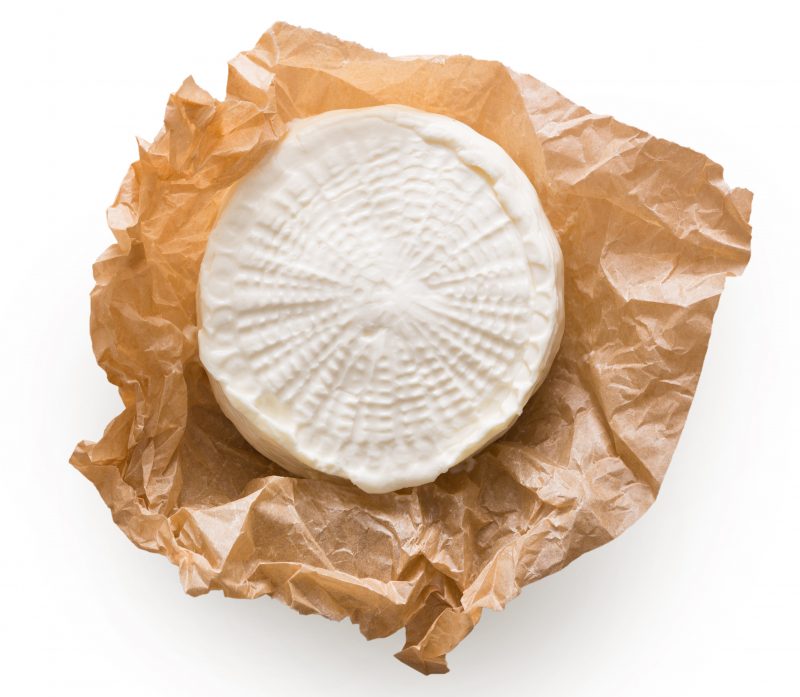
Many items were sold in bulk rather than individually packaged. When you went to the store to buy cheese, they cut you a piece off a wheel and wrapped it in paper. There was no plastic packaging to dispose of. Even the paper wrapping could be used for starting a fire in the stove. People took baskets to the store for their potatoes, onions, and even peanuts, eliminating the packaging need for those items.
Other items weren’t packaged at all. If you went to the hardware store, you wouldn’t find tools with labels and plastic clamshell packaging. All you’d see was the tool. Sets were put together in wood, cloth, or metal cases that the tradesman would value and use as a case for the tools as long as they owned them. Hardware was in bins and put into paper bags that, like the paper wrapping for the cheese, could be used for the fireplace.
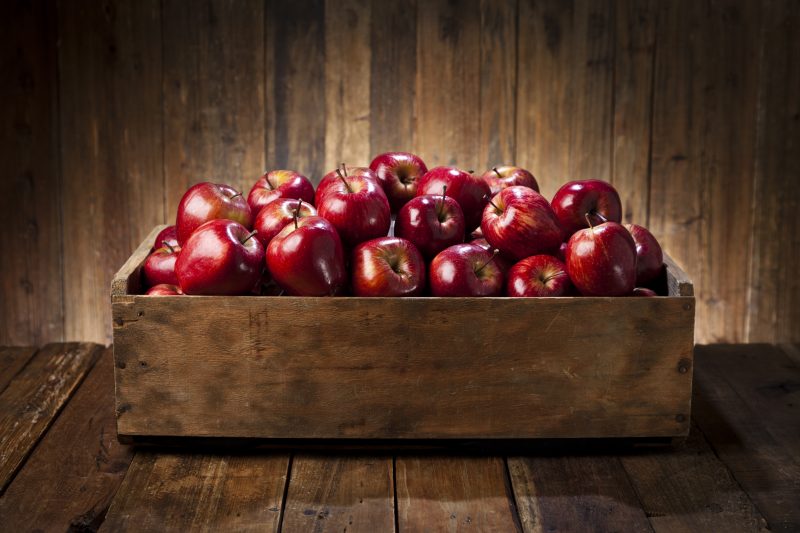
Then there were items made to order, again eliminating any need for packaging. The local tinsmith, blacksmith, and tailor didn’t need to package their wares as the people who bought them didn’t need to be impressed by the pictures on the box. They would take those items home and put them to use.
Planned obsolescence didn’t exist back then either. If you ordered a lamp from the local tinsmith, you’d keep it and use it for the rest of your life, cleaning and caring for it so that it would last. If anything happened to it, the lamp would go back to the tinsmith to be repaired, making it as good as new.
The Consumer
Often the packages items came in were just about as useful as the items themselves. Take the metal tins I was talking about earlier. I have a variety of small metal tins in my home, all of which came from some “collector’s edition” of a product. Not one of them was ever thrown away and they are all in use storing one thing or another. Wooden boxes and crates were commonplace, instead of today’s cardboard boxes.
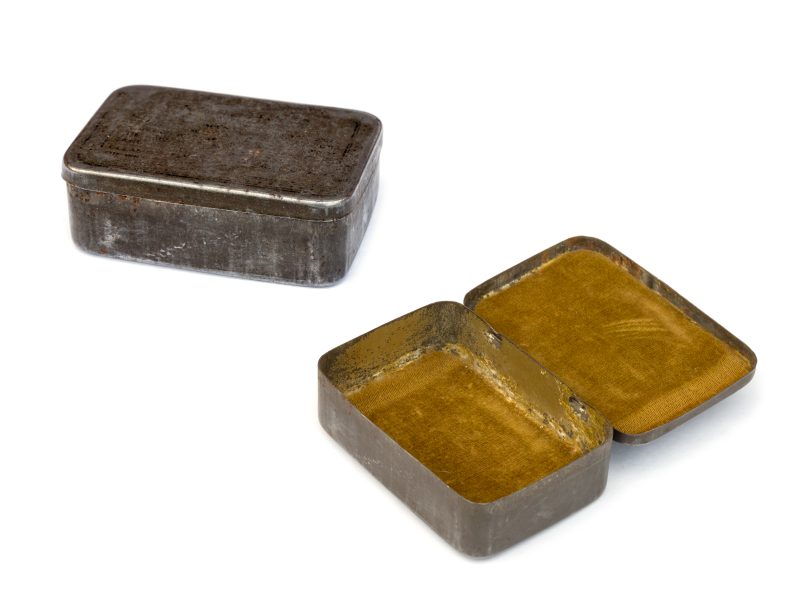
Have you seen the articles about making a survival kit in an Altoids tin? While I don’t particularly like that sort of survival kit because it is too small, I use those little metal tins for a variety of things, including survival first-aid kits and survival fishing kits. I also have everything from small tools and hardware to office supplies stored in them.
Pioneering families always took advantage of the containers their purchases came in. Wood boxes were used for storage. In some cases, the only “kitchen and bathroom cabinets” they had in the home were made from those crates. Burlap sacks were also a popular item from the general store. A variety of bulk produce items like rice, beans, potatoes, and onions came in these, giving families a ready source of sacks, which were often used as towels. They weren’t as soft and fluffy as our towels today are but they worked.
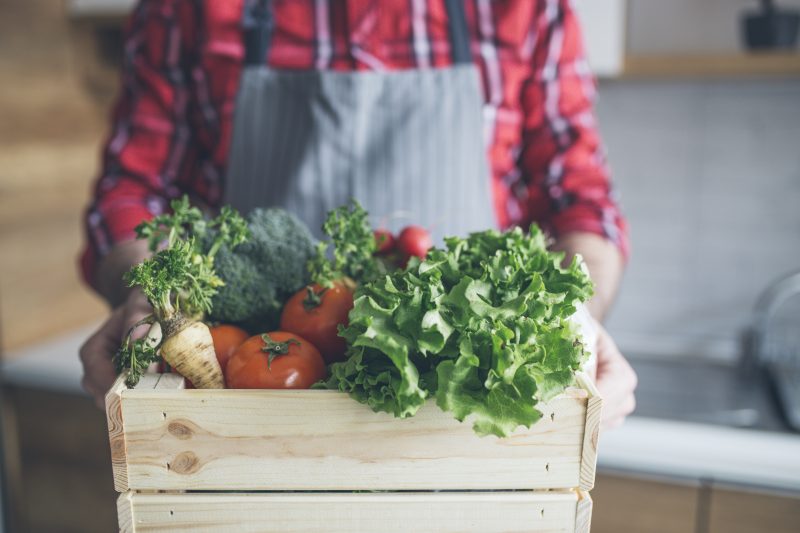
Before the invention of the tin can, buying canned goods was a boon because the jar could be reused. Rather than the thin glass jars of today, canned items came in the same kinds of canning jars that people would use at home. So as long as they bought new lids, they could use those jars over and over again.
Even the Sears catalog became an important part of the family’s repurposing, as the old catalog was hauled off to the outhouse and used as the family’s source of toilet paper. No, it wasn’t as soft and squeezable as the stuff we buy today, but at least it worked.
Developing a Repurposing Mindset
The real difference isn’t how things come packaged today, it’s our mindset. We are accustomed to buying purpose-made products for just about anything, rather than coming up with our own way of doing it. People don’t bind straw together to make a broom anymore, they go out and buy one with plastic bristles. While that plastic broom might work better, it also costs more.
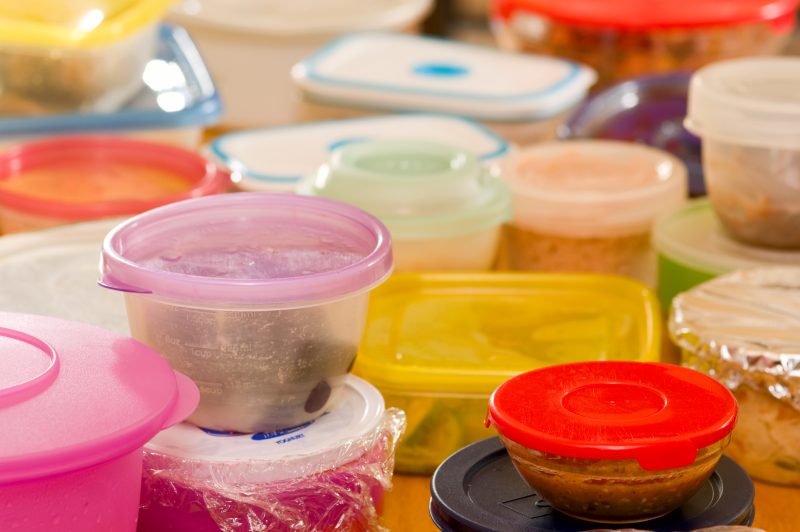
We buy plastic containers to store food in while throwing away the plastic containers that food comes in. Does that make sense? I can still remember my grandmother’s kitchen with its stacks of margarine and Cool Whip containers that she used for food storage. She never bought a plastic container in her life, yet always had more than enough; she never worried about someone taking one home.
Try this experiment sometime: the night before the trash man comes, drive through your neighborhood and look at people’s trash sitting on the curb. How many useful items do you see? Don’t just look at their original use – think of how they can be used. It seems that there are always things sitting beside the street that can be used for something, even if that is for nothing more than storage. I’ve found a plethora of things like this, many of which I still use today.
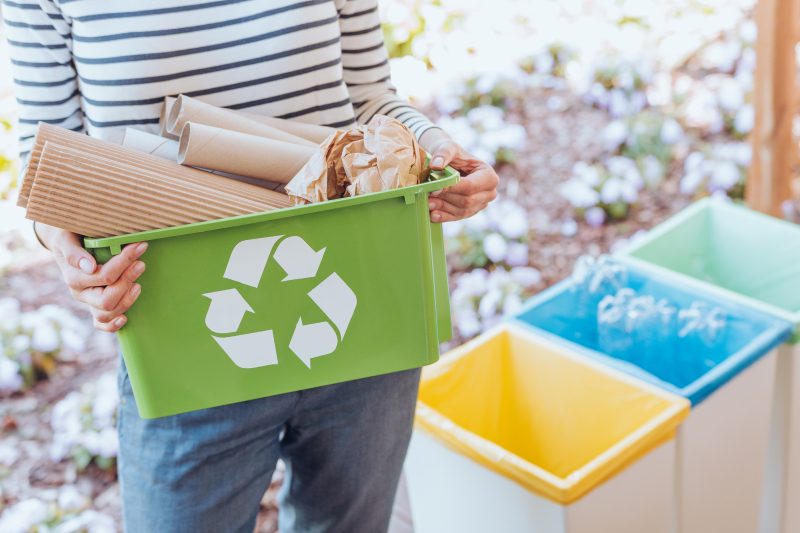
It’s all about how you look at the items that you see. If all you see is an item’s original purpose, you’ll probably miss what you can use it for. But when you start seeing it for what it is – looking at the form rather than the designer’s ideas – you’ll start seeing what you can do. When that happens, you’ll be on your way to repurposing.





